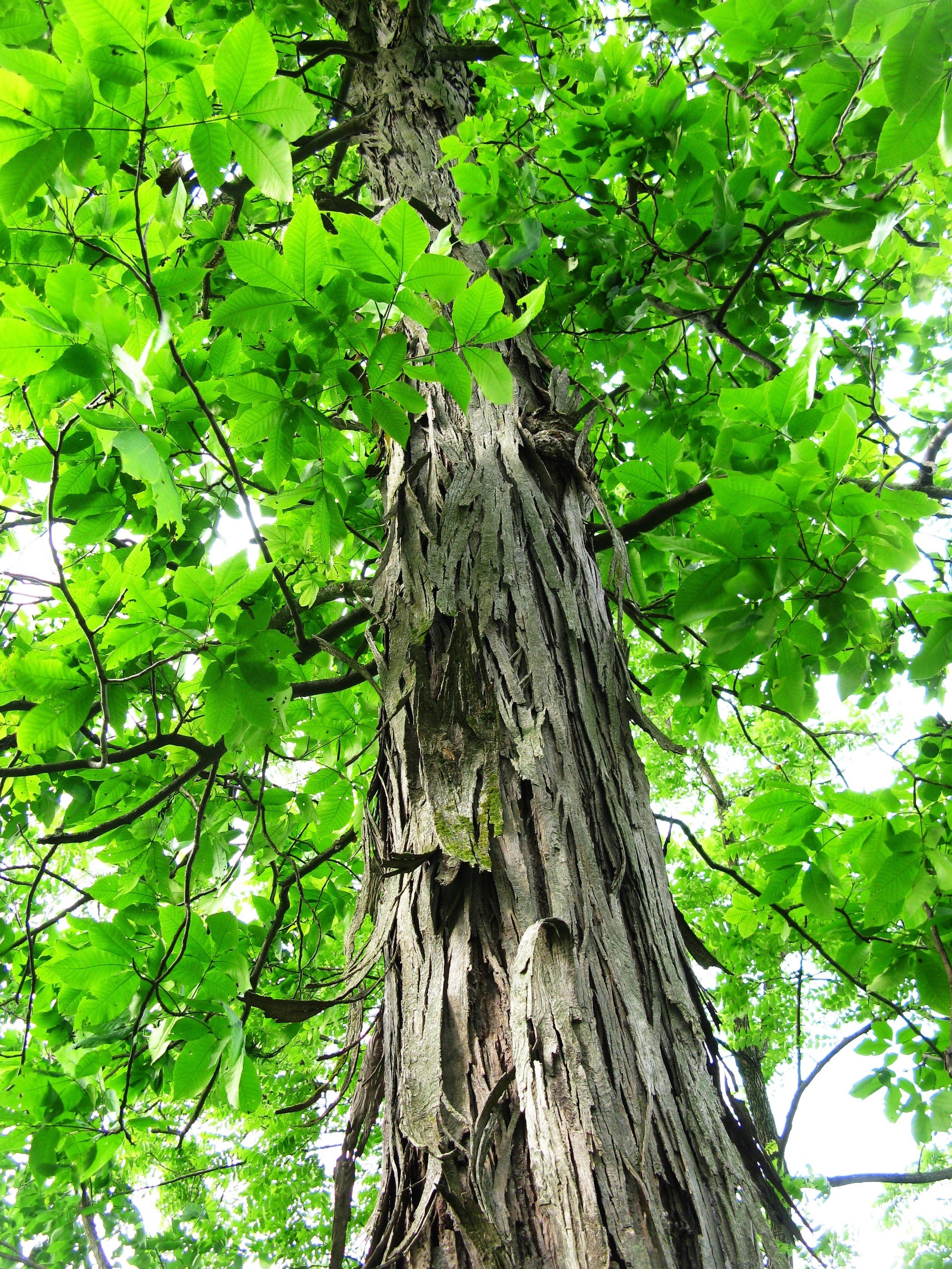Taking Notice
When we experience heightened awareness of a particular thing we tend to notice it more. For example, a few years back the roof of my house needed new shingles. In the days before the job was done and for a while afterwards everywhere I went I noticed the roofs of houses around me. I noticed roofs that looked new or were in bad shape, different styles and colors of shingles, roofs covered with metal instead of shingle, steep roofs and roofs with complex angles, and numerous other bits of roof-related information I wouldn’t normally have noticed. This phenomenon was relatively short lived, however, and now I’ve gone back to hardly noticing roofs at all, even though I see them every day. My taking notice was tied to my heightened awareness, which was only temporary.
A person’s line of work might make them more or less continuously aware of a certain thing. Someone who sells cars, for example, probably notices without even thinking about it what people around them are driving, because having heightened awareness of that would play into what they do every day for a living. They would have little need to especially focus their thoughts on cars, because their everyday life has that consciousness at its core. Similarly, intense enjoyment of something as a hobby or extracurricular interest can produce the same effect. Someone who seriously loves music will notice whenever music is present, whether it’s part of a movie soundtrack, or playing over the speakers in a supermarket, or coming from a random open window. It might be said such a person is “tuned in” to music. Their affinity for it causes them to notice music everywhere and give attention to it, even as the rest of us may barely register it as a background sound.
In both cases — awareness due to professional interest or awareness due to recreational interest — the awareness is likely ongoing and long term, not temporary.
The physical world around us is filled with an endless array of information and possible stimuli of all sorts, all the time. The ability to block out a great deal of it is essential in order for us to carry on normal existence and protect ourselves from sensory overload. I think at any given time we are unconsciously blocking out most of the sensory information around us so we can more fully devote our minds to the business at hand — having a conversation, driving a vehicle, reading words on a computer screen. We block out the greater part of the world in order to concentrate on the things that interest us.
My particular interest is trees.
I am not alone. Most people have some awareness of trees and many people find them of particular interest, and for a variety of good reasons. Trees are found all over the world, and there are uncountable numbers of them. They are impressive for their size. Even small trees are bigger than we are, and large trees can be overwhelmingly massive in their dimensions. Trees enjoy an enviable lifespan too, from a human perspective, as they are capable of living for hundreds, even thousands of years. They are abundantly useful, being the source of valuable goods such as lumber, paper, fuel, food and medicine. They also provide essential services like holding soil in place, shading the earth, being habitat for a host of other living organisms, and producing a large share of the oxygen we require for staying alive. Trees appear in all world religions and mythologies. Humans have evolved with trees and they hold an indelible place in our collective subconscious mind.
I am fortunate to make my living working with trees, but it is no accident that this is so. It was a love of nature, and trees in particular, that brought me to the Arboretum. It was a love of nature, and trees in particular, that made the prospect of doing bonsai appealing. I’m not interested in trees because they relate to bonsai; I enjoy bonsai because of my intense interest in trees. Trees are and always have been a subject of heightened awareness for me, and so I notice them. I notice them every day wherever I happen to be, and the notice is automatic, not necessarily conscious. I think about trees a lot, too, but often when I’m looking at them my response has more to do with feelings than words, emotion rather than intellect. Over the years I’ve worked to increase my scientific understanding of them, but I would not claim to be a tree expert in terms of dendrology or arboriculture. My expertise, such as it is, has to do with tree aesthetics.
I am attracted and engaged by how trees look.
At this point it might be best to leave off for a while expressing my thoughts with words. Instead let me share with you a sampling of the thousands of photo images I’ve made of trees I’ve met along the way, and you can have your own thoughts about them:
Chestnut Oak (Quercus montana) Blue Ridge Parkway, NC
American Beech (Fagus grandifolia) Great Smokies National Park, NC
Longleaf Pine (Pinus palustris) Weymouth Woods Sandhills Nature Preserve, NC
Bradford Pear (Pyrus calleryana ‘Bradford’) Asheville, NC
Red Spruce (Picea rubens) Mount Mitchell State Park, NC
Table Mountain Pine (Pinus pungens) Pisgah National Forest, NC
Yellow Buckeye (Aesculus flava) Blue Ridge Parkway, NC
Katsura Tree (Cercidiphyllum japonicum) Rochester, NY
Live Oak (Quercus virginiana) New Orleans, LA
Shagbark Hickory (Carya ovata) Fairfield, IA
Pondcypress (Taxodium ascendens) Camden, SC
Thornless Honeylocust (Gleditsia triacanthos v. inermis) Pittsburgh, PA
American Sycamore (Platanus occidentalis) Allaire, NJ
Cucumber Magnolia (Magnolia acuminata) Lexington, KY
Crape Myrtle (Lagerstroemia indica) Savannah, GA
Ginkgo (Ginkgo biloba) Richmond, VA
Yoshino Cherry (Prunus x yedoensis) Washington, DC
Eastern Redcedar (Juniperus virginiana) Vicksburg, MS


















